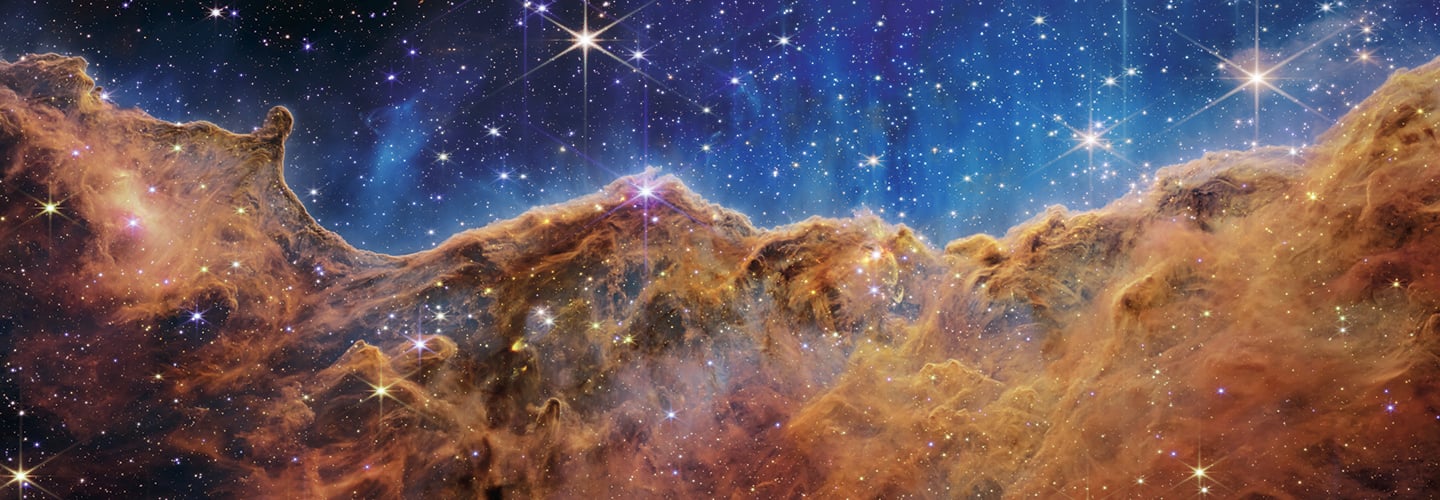This glimpse into the cosmos is unlike anything humans have ever seen before. In July, NASA released some of the striking first images taken by the James Webb Space Telescope (below), the most powerful and largest space observatory yet built. This image shows the Carina nebula, a vast, swirling cloud of dust about 7,600 light-years away from Earth. There, you’ll find young stars that are just forming as well as some of the most luminous and explosive stars in the Milky Way. The Webb telescope—which took 30 years and nearly $10 billion to make—can capture an unprecedented amount of detail, and scientists plan to use it to study the first stars and galaxies, look for potentially habitable worlds, and uncover other secrets of space. But right now, many people are just marveling over the astonishing scale of these early images and what they might teach us about life on Earth. “We humans really are connected to the universe,” says Amber Straughn, deputy project scientist for the telescope. “We’re made out of the same stuff in this landscape.”
For more about how our views of space are changing, see Moon Crimes?

